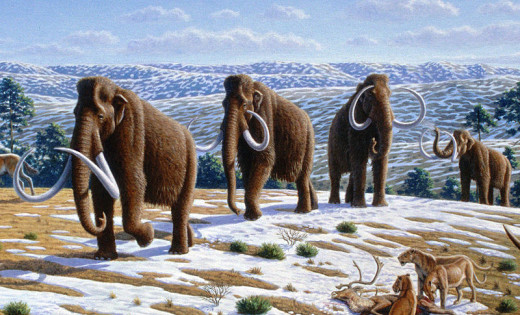What Is The Paleo Diet and Is It Good For You?

What is the Paleo Diet?
The paleo diet attempts to emulate the way our caveman ancestors ate during the paleolithic era. The theory behind is, that although our lifestyles and the food we eat has changed enormously since the introduction of agriculture 10,000 years ago, human physiology has evolved very little. Our bodies are still designed to consume the same food that hunter-gatherers ate.
According to the theory, many of our health problems today, including the epidemic of obesity and diabetes are the result of all the "unnatural" food we put into our bodies, which they are not designed to cope with. We should avoid all processed foods, and only eat things that were available thousands of years ago.

What Can You Eat on a Paleo Diet
The paleo diet aims to mimic the nutrition of hunter gatherers before the development of agriculture, and certainly before the industrial revolution and processed foods. Hence an obvious excluded food group is any type of processed food, from breakfast cereals, processed fats, sugar or junk food.
However, there are many more foods that we take for granted today, that were only introduced into the diets of humans after they started farming and raising animals. Therefore pale-advocates consider that we are not adapted to eat foods such as dairy products, grains, or pulses and beans and that they should be excluded.
The paleo diet consists of eating fruit, vegetables, seeds and nuts, and meat and fish.
Obviously it is impossible to completely mimic the habits of cavemen thousands of years ago. Modern humans cannot be expected to hunt wild animals. However, where meat is concerned, it should come from grass fed animals, rather than intensely reared ones raised on a cereal diet.
There are actually different versions of this system of eating, in which different amounts of calories come from meat. Some versions allow the eating of potatoes, while others consider that their high starch levels are not consistent with how people ate tens of thousands of years ago.

Is the Paleo Diet Healthy?
There is a lot of controversy surrounding this system of nutrition with its proponents and critics. On the one hand few people would argue that excluding sugar and other processed foods, and eating a lot of fruits, vegetables and nuts is good for us.
On the other hand, restrictions of certain food groups, especially dairy products, might deprive people of nutrients like calcium and vitamin D.
There have been several small scale studies that claimed that following the diet improves blood pressure, insulin sensitivity, and lipid profiles. However, critics respond that they were too small in scale to be conclusive.
The evolutionary premise of the diet has also been called into question. Experts point out that evolution might have proceeded at a faster pace than is assumed. For example the incidence of lactose intolerance is not as high in European adults as it would be if they hadn't evolved in the past 10,000 years. The availability of dairy products has lead to a frequent mutation in the lactase gene that allows people to digest lactose in their adulthood.
Similarly, although gluten intolerance is a problem for some people, many others can eat grains without any problems.
The diet might be unnecessarily restrictive. Just because cavemen did not eat legumes, does not immediately mean that they are bad for us.
Depending on the version of the diet, it might be too high in protein, and too low in carbohydrates to fit in with the generally accepted recommendations.
Some experts argue, that the "diseases of civilisation" such as type 2 diabetes, cardiovascular disease, cnacer and obesity are simply the result of the consumption of too many calories, and a sedentary lifestyle, combined with a much longer lifespan, rather than the types of foods people eat in Western societies.








